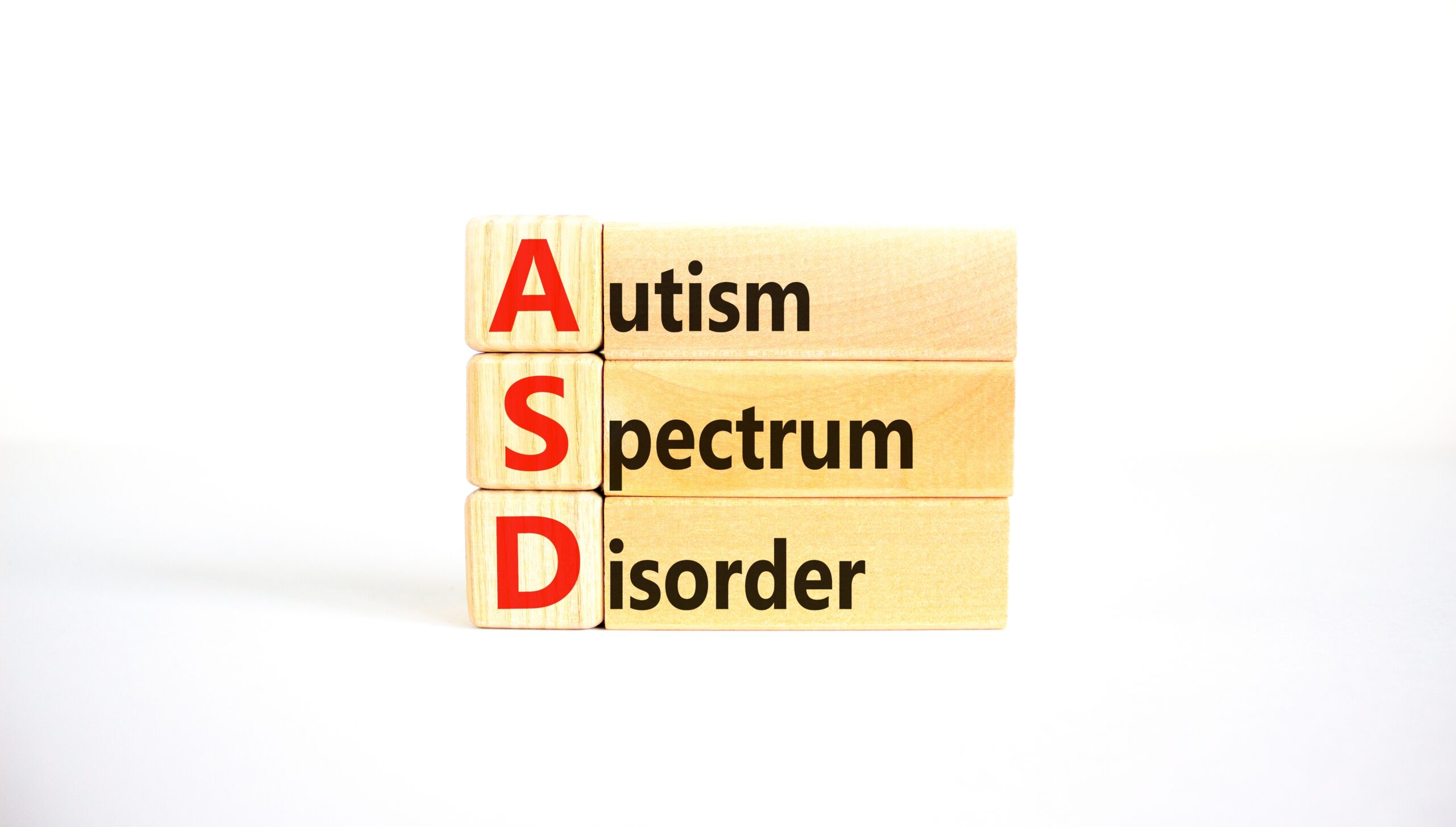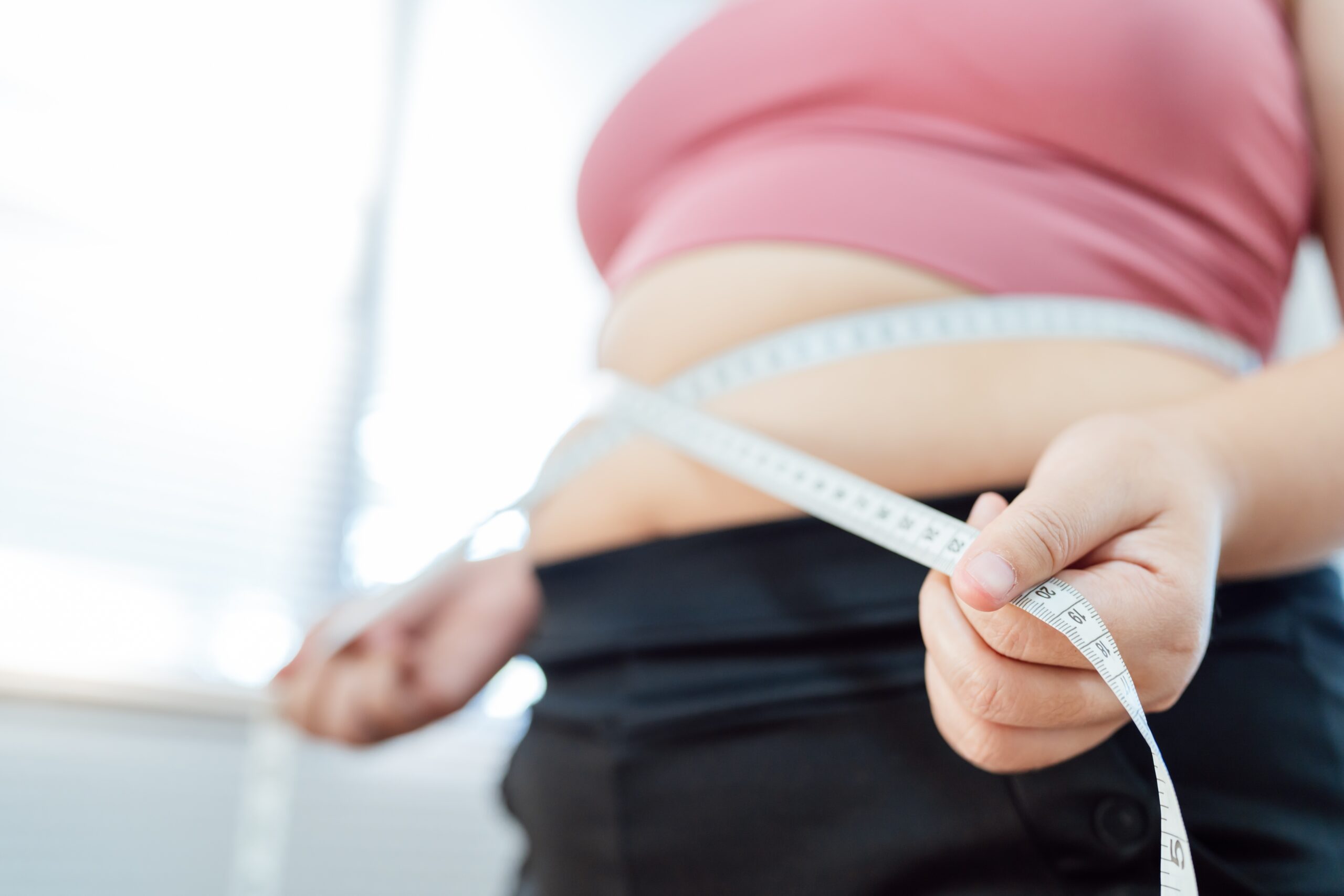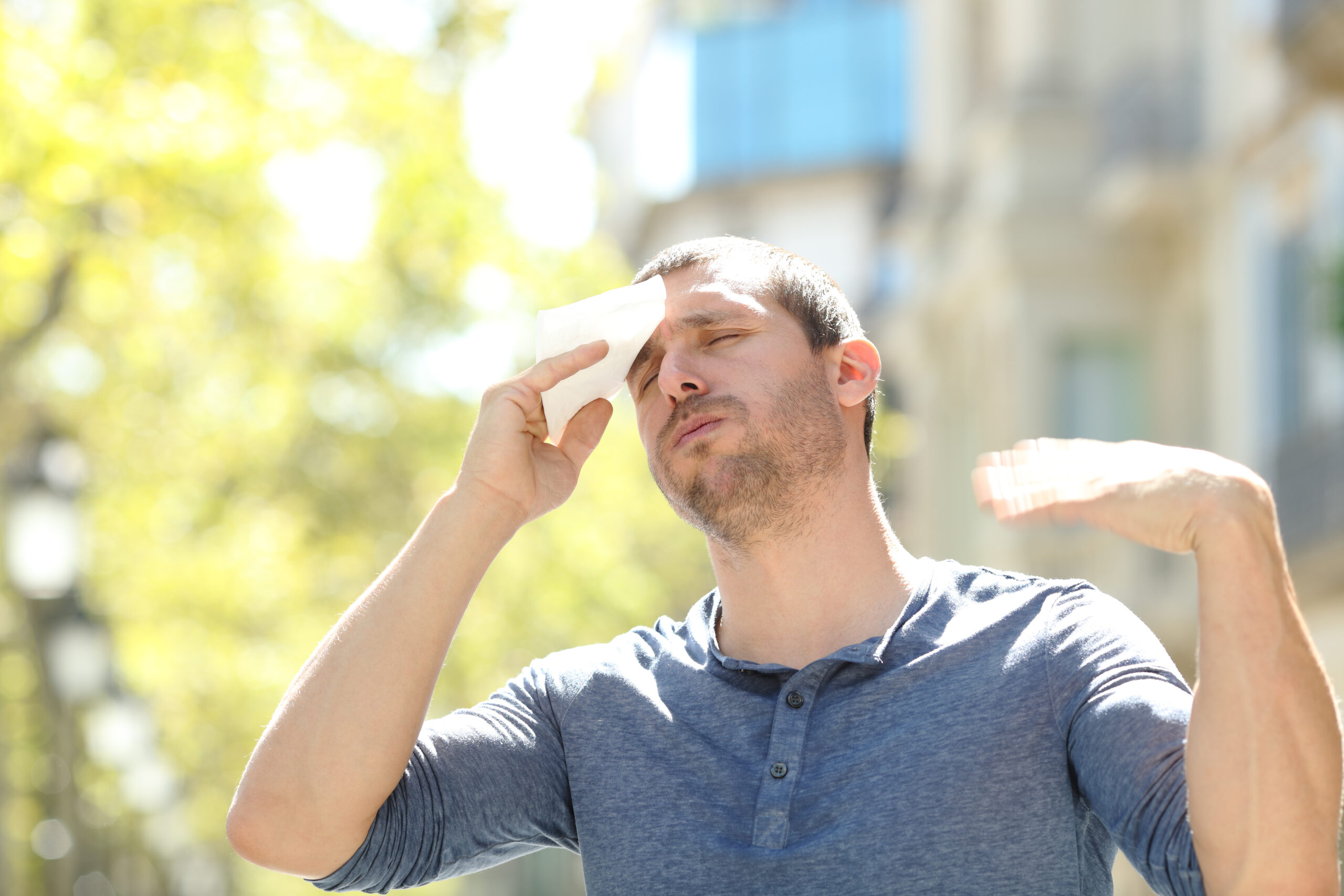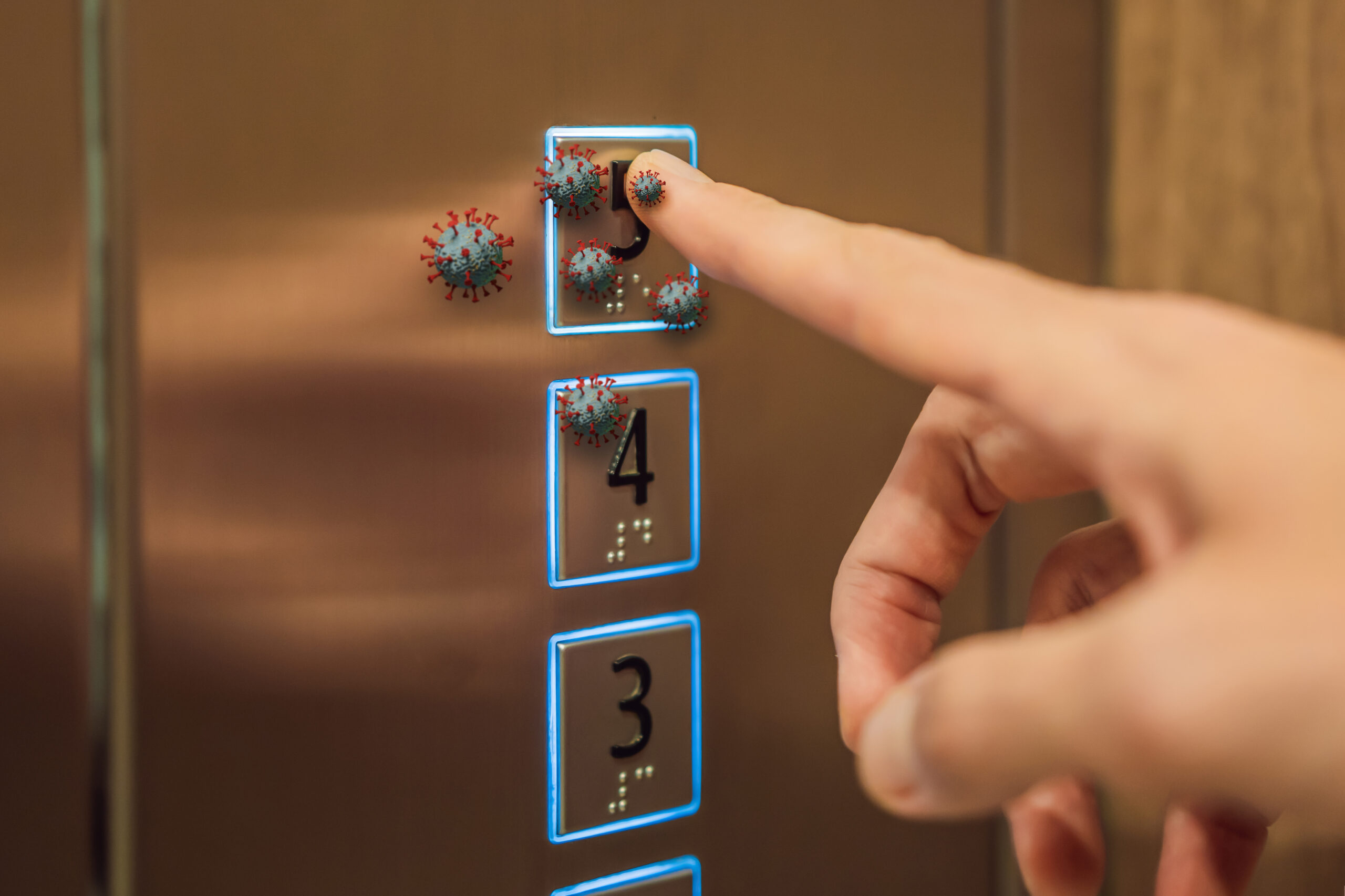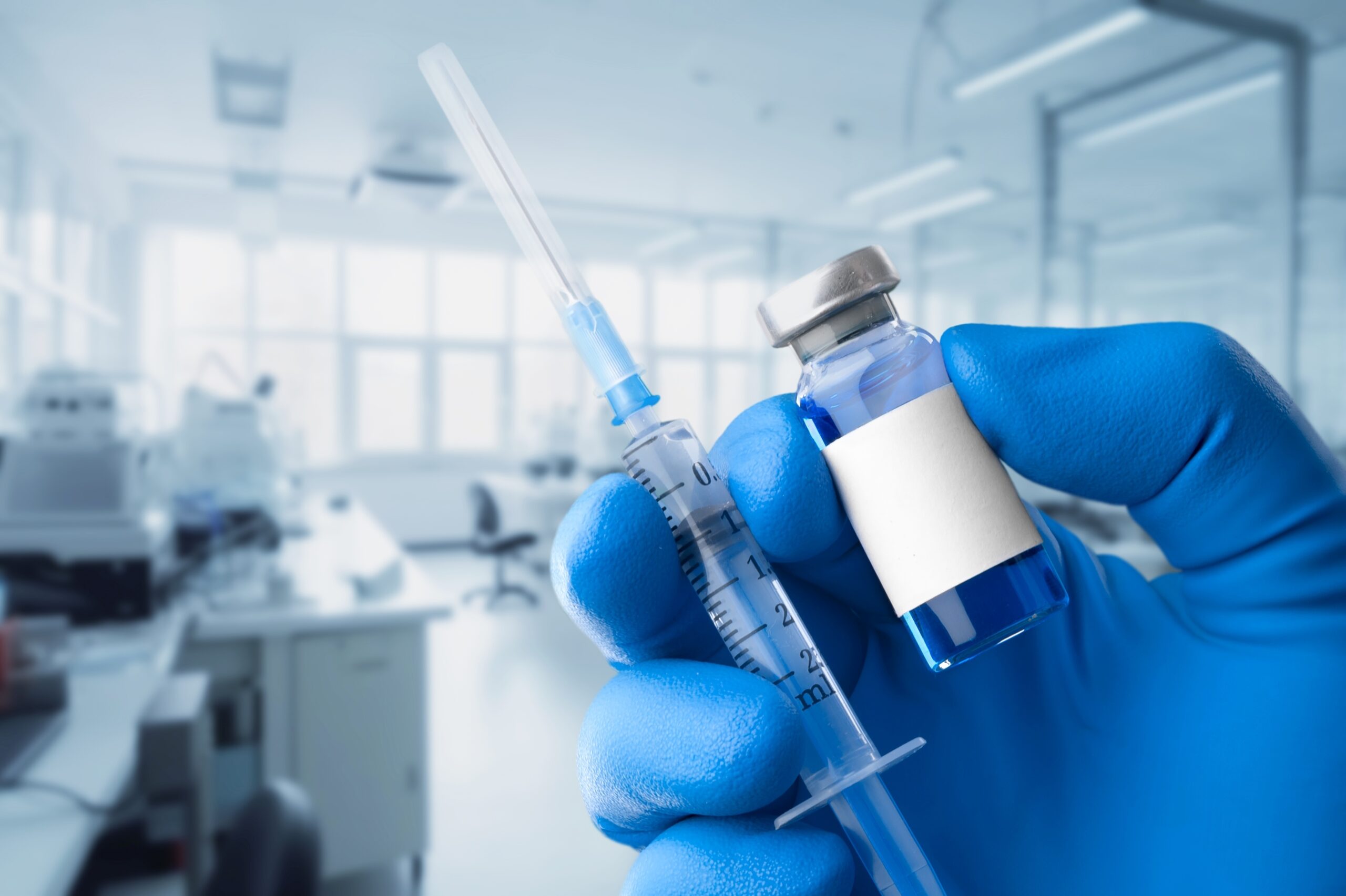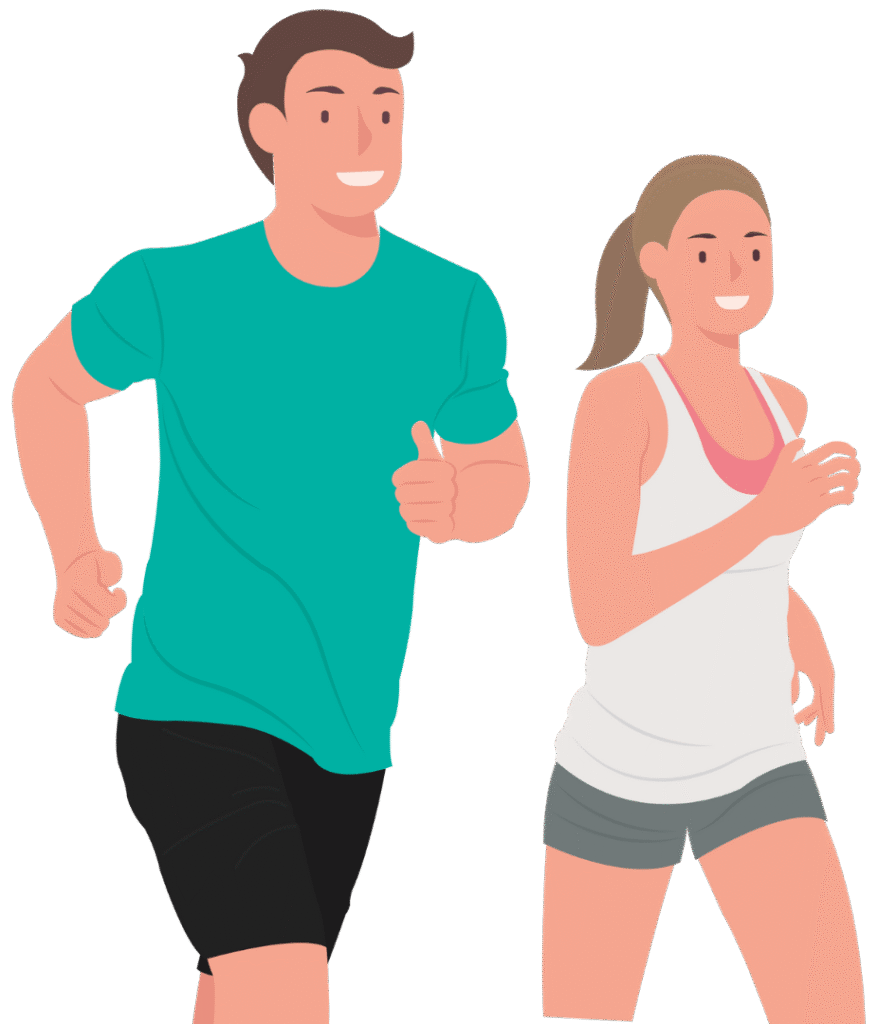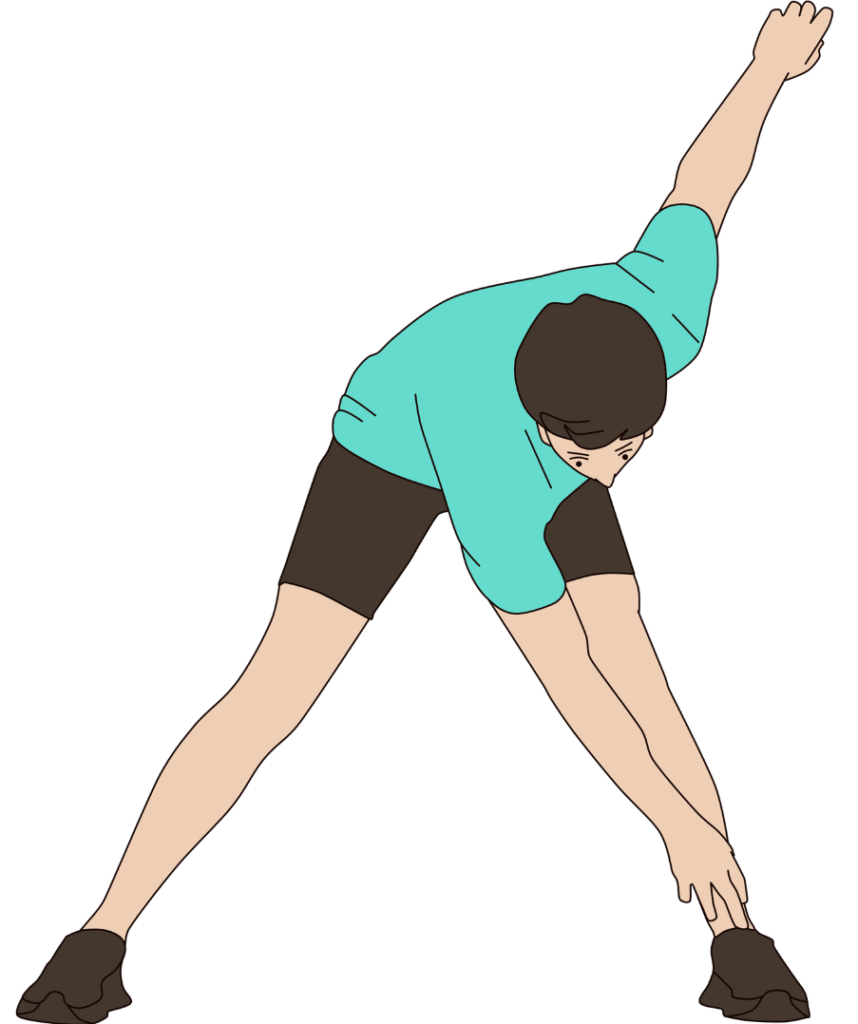The real revolution in aging isn’t a pill or a promise—it’s unfolding quietly in your living room, as millions take their healthspan into their own hands using science-backed treatments once reserved for the world’s elite clinics.
Story Snapshot
- Three at-home longevity interventions—circadian rhythm optimization, caloric restriction mimetics, and NAD+ boosters—are changing how we age
- Healthspan, not just lifespan, is now the measure of success in aging science
- Wearables and digital tools are making personalized, evidence-based longevity accessible at home
- Consumer demand and clinical validation are driving a shift from reactive care to proactive self-management
From Luxury Labs to Everyday Living Rooms: The Democratization of Longevity
Once the domain of billionaire biohackers and Silicon Valley disruptors, longevity science is now landing on your doorstep. In the 2010s, companies like Unity Biotechnology and consumer platforms such as Fitbit ignited interest in tracking and tweaking our biology, but the real action has shifted to the mainstream. By 2025, sitting at home with a light-therapy lamp or popping a NAD+ booster is as routine as brewing morning coffee—and the clinical world is finally catching up. The big story isn’t just the technology. It’s the shift in power: aging individuals, not just doctors or corporations, are at the helm.
Surveys reveal that one in six Americans is now over 65, with nearly half managing chronic conditions. A staggering 70% express dissatisfaction with a healthcare system slow to adapt. The lesson: waiting for “the system” to extend your healthy years is a losing bet. That’s why the Global Wellness Institute and leading clinics are spotlighting strategies that put you—armed with new science and smarter gadgets—in charge of your aging journey.
Circadian Rhythm Optimization: Your Biological Clock as a Prescription Pad
Clinical guidelines are clear: optimizing circadian rhythms is no longer a fringe concept but a foundation of preventive medicine. Timed light exposure, digital curfews, and structured eating windows help tune your internal clock, with wearables delivering real-time feedback. The payoff? Improved metabolic health, sleep quality, and cognitive sharpness—all without stepping into a doctor’s office. For those accustomed to quick fixes, this may sound almost too simple, but the data is mounting. Leading longevity practitioners now prescribe circadian health protocols as a first line of defense against age-related decline.
As consumer adoption surges, companies rush to offer ever-more sophisticated solutions—from sunrise-simulating lamps to AI-driven sleep trackers. The essential insight: syncing your lifestyle with your biology may do more to extend your healthy years than any single supplement or pharmaceutical. Yet, as always, the caveat applies: evidence is promising, but individual results may vary, and long-term benefits remain under investigation.
Caloric Restriction Mimetics and NAD+ Boosters: Pills and Potions With Promise—And Controversy
Caloric restriction—eating less, living longer—has tantalized scientists for decades. But who wants to fast forever? Enter caloric restriction mimetics: compounds that mimic the molecular benefits of fasting without the hunger. Polyphenols and new pharmaceuticals are under intense study, aiming to trigger cellular repair and resilience. Early results in animal models are striking; human trials, however, are ongoing, and the jury is still out on safety and efficacy for lifelong use.
NAD+ boosters, including supplements like nicotinamide riboside and NMN, have become wellness best-sellers, promising to recharge cellular energy and slow aging’s toll. Research institutions like the Mayo Clinic urge caution—there’s excitement, but also a need for rigorous, long-term data. Still, the marketplace is booming, and millions are self-experimenting, tracking results with biometric apps and blood tests. The core tension: democratized access versus the risk of unregulated, unproven products flooding the shelves.
The New Power Brokers: Consumers, Clinicians, and the Rise of Proactive Aging
Consumers are no longer passive patients. With digital health platforms, home diagnostics, and a flood of online research, individuals are making informed choices—sometimes ahead of clinical consensus. Biotech firms and wellness brands shape trends, but clinicians and researchers act as the crucial reality check, filtering hype from real science. Regulatory agencies, meanwhile, face mounting pressure to keep pace with product innovation and protect public safety.
The short-term impact is already visible: greater health autonomy, explosive growth in wellness markets, and a groundswell of consumer engagement in preventive care. Long term, if these at-home interventions live up to their promise, we may see a dramatic reduction in age-related disease, a shift in healthcare economics, and a reimagining of what it means to grow old in America. Yet, lurking behind the optimism are challenges—uneven access, regulatory gaps, and the persistent temptation for quick fixes over sustained lifestyle change.
Sources:
Global Wellness Institute, 2025 Wellness Trends
DVC Stem, Life Extension Treatments


